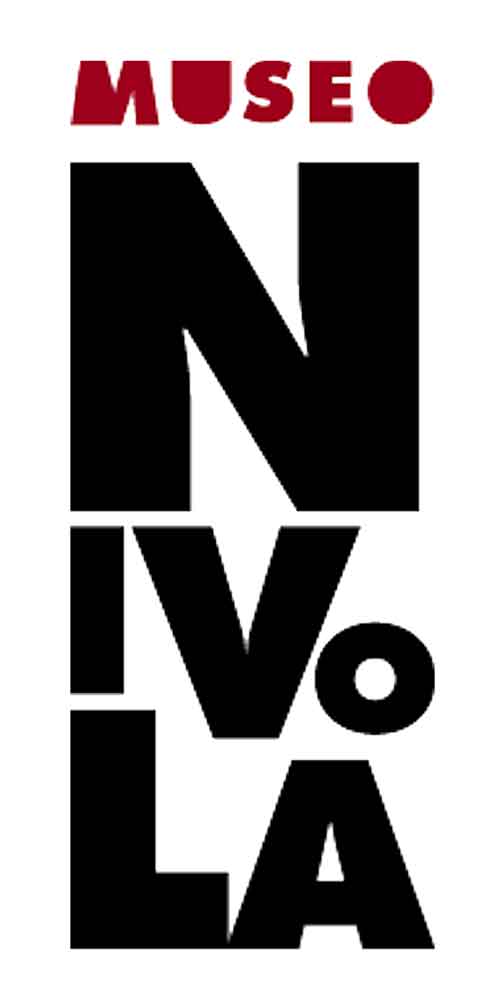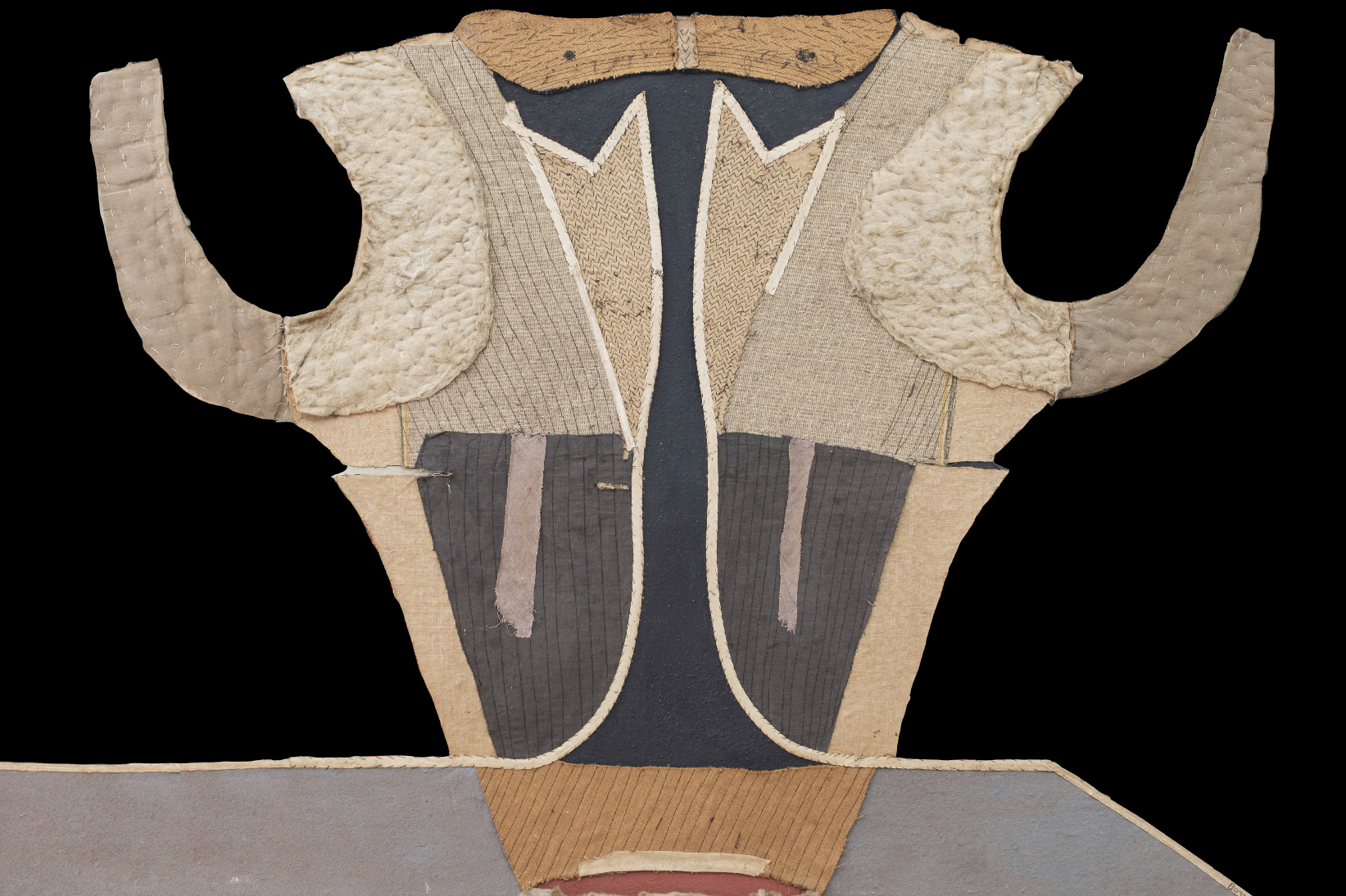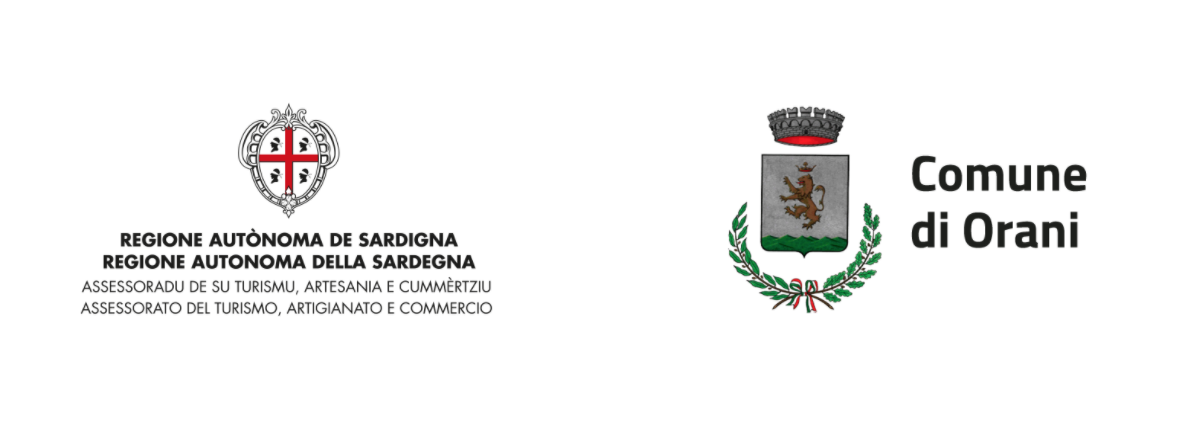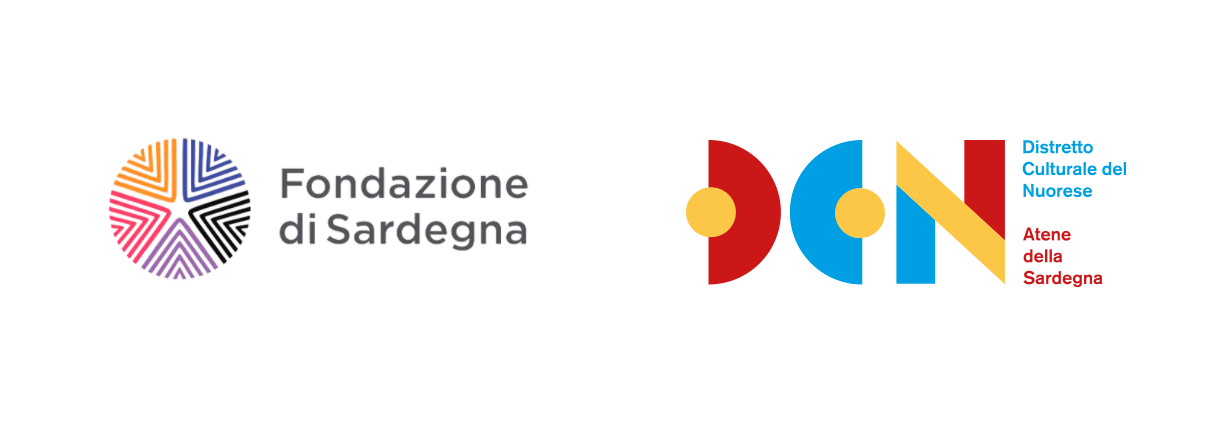Bona de Mandiargues. Remaking the World
curated by Giuliana Altea, Antonella Camarda, Luca Cheri, Caterina Ghisu
Museo Nivola
September 16, 2023 – March 3, 2024
The Nivola Museum is pleased to present the first major retrospective of the surrealist artist Bona de Mandiargues (Rome 1926 – Paris 2000).
Artist and writer, her singular story – never previously reconstructed – makes her, together with figures such as Leonora Carrington, Meret Oppenheim, Dorothea Tanning, Dora Maar or Remedios Varo, one of the protagonists of the “feminine” surrealism, today finally at the center of the attention of critics and the public.
Her work comes from a inner search, where the themes of metamorphosis, animal totemism and the fantastic are means to express a divided and fragmented identity.
“My research is alchemical – the artist stated – I want to make gold starting from excrement. (…) I remake the world: there I am elsewhere, I see things from further away.”
A fascinating woman admired and a generator of overwhelming passions, Bona explicitly rejects the roles of woman-muse and woman-child, prevalent in Surrealism. Instead, since the 1970s, she identifies with the snail, a hermaphroditic animal and ambivalent figure, at the same time friendly (think of Pinocchio’s blue fairy) and repulsive, the incarnation of the Surrealist formless. For the artist, the snail is a symbol of the androgynous, of fragility and strength, and of the continuous agonizing of her restless mind.
The itinerary of the exhibition
The exhibition, based on extensive archival research, reconstructs the itinerary of Bona de Mandiargues through 71 works between 1950 and 1997, from the collection of the artist’s daughter and private and public collections, including the Intesa San Paolo, the National Gallery of Modern Art in Rome and the Galleries of Modern and Contemporary Art in Ferrara.
The path, opened by a group of precious paintings that mark the artist’s approach to surrealist imagery, continues with the fantastic fiery landscapes of 1955-56, influenced by a trip to Upper Egypt, and the abstract works with thick pastes and materials from the second half of the fifties to the early sixties, when the suggestion of Mexican culture added new elements to his imagination.
Vague à l’âme is the painting that inaugurates the series of textile assemblages in 1958, in which technical experimentation and formal research are the vehicles of an introspective investigation that brings to light traumas and impulses from deep within. The Sexual Lesson (1962), the imposing Birth Triptych (1965), with primitivist tones, and Diana the Huntress and Hunt (1968) are among the key paintings of this phase.
An imagery full of symbolic references and a palette of psychedelic hues characterize a group of canvases painted around 1968, linked to the second trip to Mexico.
While the memory of metaphysical painting re-emerges in the seventies, with homages to De Chirico, Savinio and Magritte (Toledo the rooster, Celeste Empire, 1975), in the following decade the Italian climate of the “return to painting” informs canvases such as the portrait of the erotic actress and gallery owner Sylvia Bourdon (1980) and The Song of Creation (1980).
The maturity of the artist sees the development of the lines of research already underway, while the presence of the symbolic image of the snail – the projection of the artist -, and that of the themes of the portrait (Homage to Unica Zürn, 1980) and self-portrait intensify.
The latter, central to the artist’s research, has several important examples in the exhibition, from the small and graceful youthful self-portrait to the flamboyant one of 1968, to the hieratic and stylized face of Bona à Mexico (1991), up to the 1994 painting showing Bona’s face multiplied and broken down into details (nose, mouth, etc.), a mirror of the continuous tension, in the artist’s work, between the fragmentation of the subject and its affirmation, which finds an echo in the powerful symbolic self-representations of The Femme Montagne and Ma Main (1991).
The artist
Niece and pupil of Filippo de Pisis, Bona Tibertelli studied at the Academy of Fine Arts in Venice before following her uncle to Paris in 1947. Here she met the critic and writer André Pieyre de Mandiargues, who put her in contact with surrealist artists and intellectuals, from André Breton to Max Ernst, from Dorothea Tanning to Meret Oppenheim, from Man Ray to Hans Bellmer, from Leonor Fini to Henri Michaux. In 1950 she married Mandiargues. Her relationship with him would help to orient Bona’s artistic interests towards the themes of magic, dreams, eros and the occult.
After a formative phase stylistically influenced by the example of de Pisis, Bona (name with which he signed himself) arrives at a figurative painting nourished by fantastic suggestions, which interprets nature on the basis of the Surrealist research of the marvelous and the uncanny. Anthropomorphic roots and mandrakes are the symbols of a constantly changing reality which in the second half of the 1950s passes into the evocation of a magmatic and fermenting universe, rendered through material canvases, with the use of dense mixtures of earth and powder, who look as much to contemporary surrealist research as to those of the European informal.
In 1958 Bona developed the technique that would most characterize her art in the following years, that of the assemblage of textile materials. From old garments from her husband’s wardrobe, she recovers linings and padding (“l’ame”, “the soul”, in French). Shreds of fabric that will give rise to countless compositions sewn and mounted on canvas, which she calls “collages”, “assemblages”, or “ragarts”. At the same time, the artist will continue to practice painting, drawing and engraving, with works full of personal symbols, erotic fantasies, and magical and alchemical allusions.
In 1958 she stayed for a long time in Mexico, opening a new artistic and personal phase. The sixties are a period of existential restlessness for her, marked by her separation from her husband, numerous trips – particularly to India, Afghanistan, Ceylon and Nepal and again to Mexico – and relationships with the poet Octavio Paz and the painter Francisco Toledo. Her work is enriched with references to the cultures with which she comes into contact, both in the chromatic ranges and style and in the subjects and symbols.
1967 marks her reconciliation with Mandiargues and the birth of her daughter Sibylle. From this moment on, Bona moves towards new directions of research. On the one hand, she takes up painting again, with a series of neo-metaphysical canvasses that hark back to the origins of Surrealism. On the other hand, she develops the work on the assemblage, now centered on her totemic animal, the snail. She also intensifies her graphic production, focusing oh erotic drawings inspired by tantric art. The nineties bring the theme of the portrait in the foreground, both with a series of tributes to historical protagonists of twentieth-century culture and with an exploration of the self through self-portraits and family portraits.
Bona combines her pictorial activity with that of poetess and narrator: from 1967 is the surrealist story La Cafarde, from 1977 the autobiography Bonaventure, from the eighties the collections of verses I lamenti di Serafino (1985), À moi-même (1988), and Vivre en herbe, memories of his childhood, published posthumously by Gallimard in 2001.
Thanks to Banca Intesa San Paolo, Milan, National Gallery of Modern Art, Ferrara, National Gallery of Modern Art, Rome, IMEC – Institut mémoires de l’édition contemporaine, Saint-Germain-la-Blanche-Herbe, Lostia Guiso family, Barbara Monteleone.
This exhibition would not have been possible without the precious collaboration of Sibylle de Mandiargues.
Thanks to the winery “Autori del vino” by Piera Deledda and Pietro Fele”
Bona de Mandiargues. Remake the world
Curated by Giuliana Altea, Antonella Camarda, Luca Cheri, Caterina Ghisu
Site
Museo Nivola
Via Gonare 2 08026 Orani (NU)
September 16 – March 3, 2024
Opening 16 September, 5.00 pm
Institutional sponsors: Autonomous Region of Sardinia, Municipality of Orani
Main sponsors: Fondazione di Sardegna
With support from: Biennale Barbagia
Exhibition design: Alessandro Floris
Handling and mounting: Artigianato e Design di Pietro Fois, Bioazione di Fabio Milia
Graphic design: Heart Studio
Catalog: Allemandi
Info
Nivola Museum
+ 39 0784 730063 | info@museonivola.it
https://museonivola.it
Press office
Sarah Zolla
+39 346 8457982 | press@sarazolla.com




